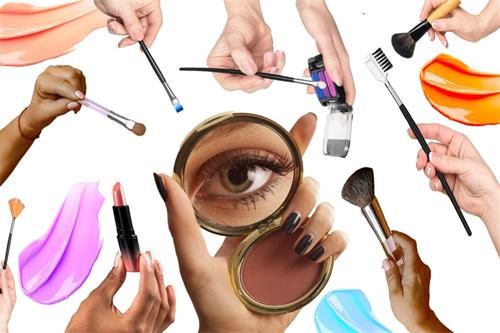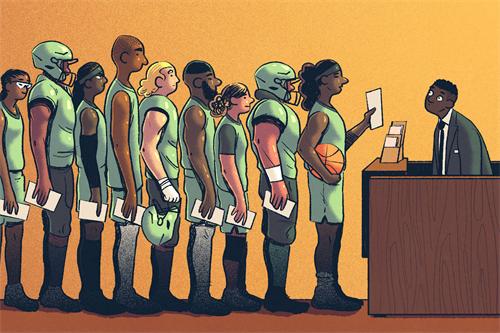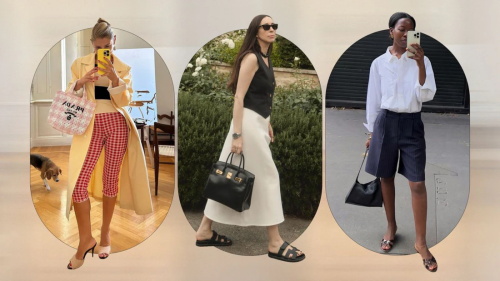The ‘Deinfluencing’ Movement: Can Fashion Resist Social Media Hype?"

In an era dominated by social media, influencers—embodying traffic and trending topics—have rapidly become a shortcut for brand marketing. According to data, 87% of respondents take action after seeing product advertisements on social media, such as following a brand, visiting a website, or making a direct purchase. This has made ‘influencer marketing’ and ‘KOL (Key Opinion Leader) marketing’ popular strategies that brands eagerly invest in.
However, while influencer marketing can drive short-term commercial value, it also presents a difficult challenge for brands: how to strike a balance between seeking instant exposure and maintaining long-term brand development. Influencer content often focuses on being fast-paced, eye-catching, and heavily personalized, which can clash with the consistency and sustainability that brands require. Transforming from a "viral" sensation to a "long-term success" is no easy feat.
The rise of the ‘deinfluencing’ movement in recent years highlights this very contradiction. U.S. social media analyst Chris Ruby explains that deinfluencing is about advising consumers not to buy products that are perceived as indulgent, disappointing, or overpriced. More and more influencers are now going against the grain, urging their followers to consume more mindfully. Behind this trend lie three key driving factors: a desire for authenticity, social media fatigue, and a shift in values.
Firstly, consumers are placing greater emphasis on what’s ‘real’ rather than what’s ‘manufactured’. Once-popular influencer-promoted products often gained traction due to slick packaging and hype but failed to deliver on user experience, resulting in low repeat purchase rates. Many consumers now feel they were misled and have become wary—even resistant—toward the “influencer” label. Consumption is moving away from blind following toward rational decision-making, and influencers are gradually shifting from being symbols of trust to mere marketing tools, polarizing public opinion.
Secondly, social media itself is experiencing "aesthetic fatigue" and a growing "trust crisis." As users are constantly bombarded with promotional content, they begin to question the neutrality and authenticity of what they see, choosing instead to do their own research and make purchasing decisions based on personal needs and values.
This shift has led to the rise of a “no-influencer” consumption model. In this model, consumers no longer rely on individual endorsements but focus on the intrinsic quality and value of products. Subjective marketing takes a back seat, while rational choice becomes the norm. This is a positive development for the market—it encourages companies to move away from flashy packaging and return to the fundamentals of R&D and customer service, thereby strengthening both product and brand value.
In truth, product strength is the foundation of a brand’s long-term success. Truly outstanding brands do not rely on hype—they gain word-of-mouth through genuine user satisfaction. In contrast, brands that heavily depend on influencer promotion but lack substance will struggle to build loyal customer bases and are doomed to be short-lived trends.
So how can fashion brands rise to the challenge in this new consumer landscape? The answer lies in making products and values the core, using social media’s reach wisely without being led by it. Brands must gain a deeper understanding of what consumers truly need, and build trust through design, quality, and brand philosophy. By creating content that resonates and focusing on long-term value, brands have a chance to stand out in this era of authenticity over illusion.
RECOMMEND FO YOU



